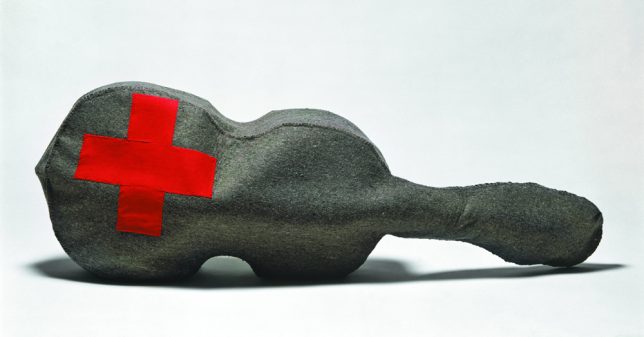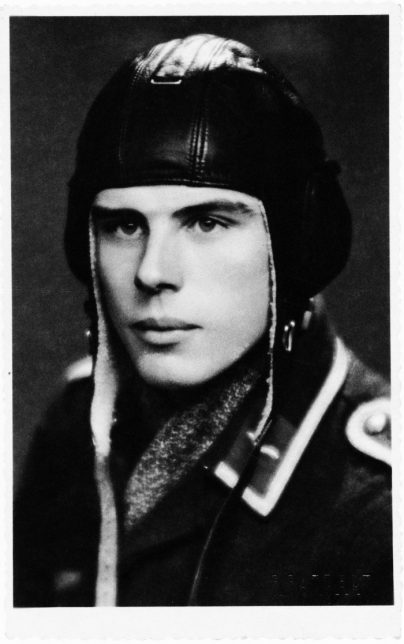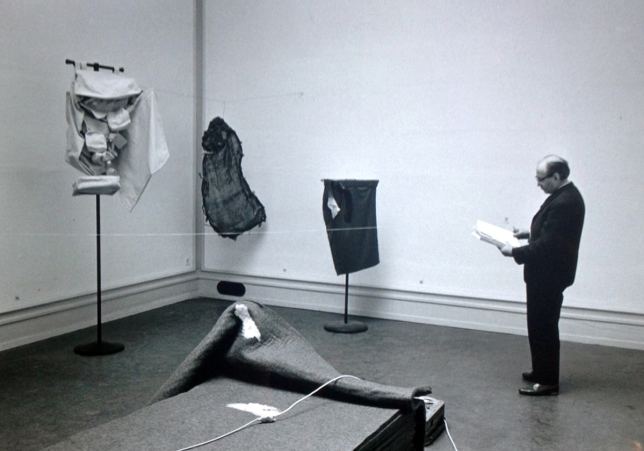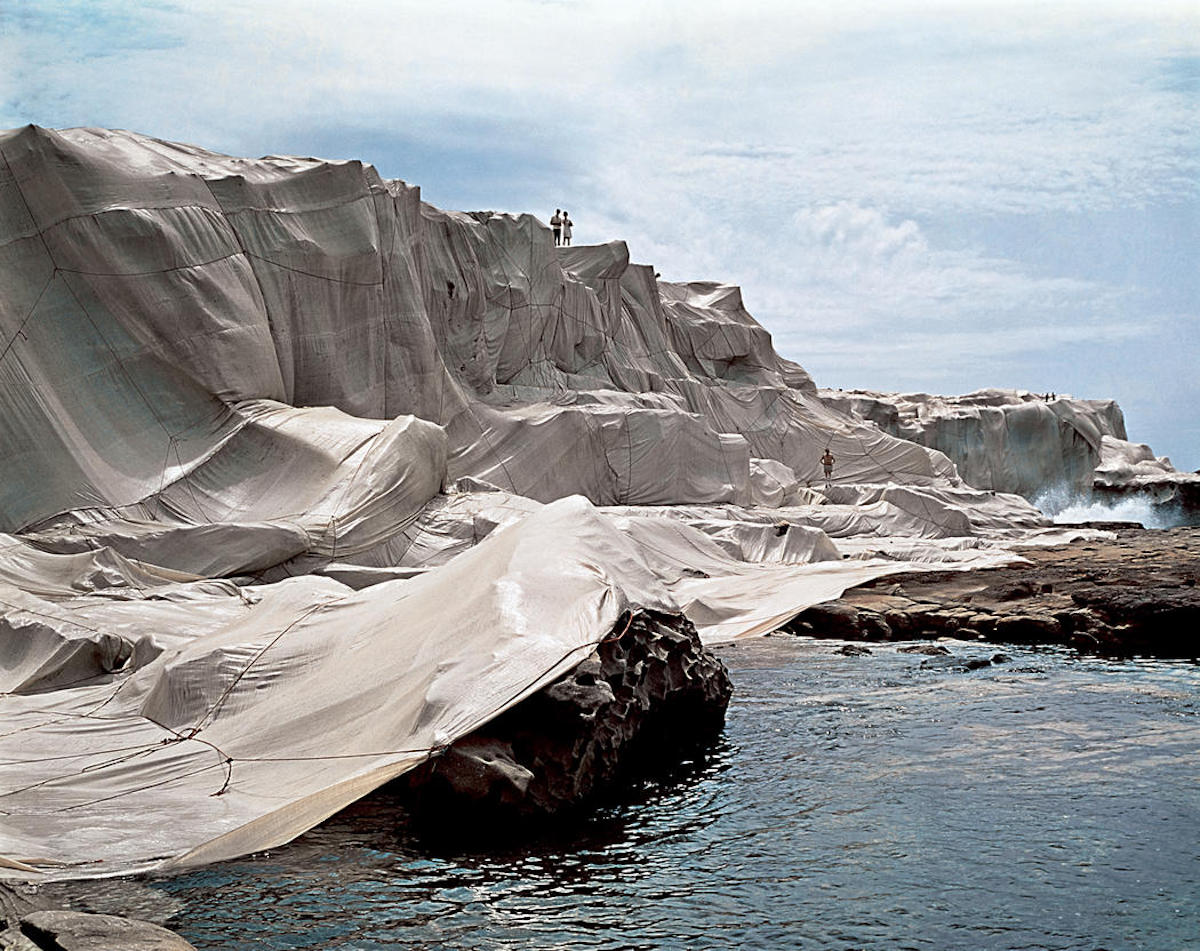
10 Things You Should Know about Joseph Beuys

Artsper presents you the work of the great geniuses of contemporary art. Today, ten things you should know about a rebel, Joseph Beuys.
1.

Heinrich Joseph Beuys was born in Krefeld on May 12, 1921 and died on January 23, 1986 in Dusseldorf.
2.

The work of Joseph Beuys was a permanent questioning of themes such as humanism, ecology, sociology, and especially anthroposophy. A disciple of Steiner, Beuys thought, like his master, that the spiritual phenomena could be studied with the same precision with which modern science explains the physical world.
3.

His was inhabited by his fervent political engagement. He believed that politics and culture must act together in order to ensure that society functions on a sound basis. Throughout his life, he fought capitalism, and wanted his art to be a therapy for a society that he considered to be diseased.
4.

At the age of 22, Beuys joined the German air force. His plane was shot down in Crimea, and he was found by the Tatars. His condition was critical and he was stripped naked, smeared with grease and wrapped in felt. This experience, whether it was real or not, became the basis of Beuys’s personal mythology, who continued to use the felt and the grease in his performances throughout his life.
5

In 1969, Szeemann invited Joseph Beuys to be part of his hit exhibition “When attitudes become for”, against all expectations. The German artist wanted to grease (literally) an entire space but his idea was not accepted. Szeemann resigned from his position at the Bern Kunsthalle, stunned by the regressive attitudes of his contemporaries.
6

In 1972, Szeemann, who clearly did not get over the refusal that Beuys had faced in 1969, invited him to Documenta V, in Kassel. Taking advantage of his prestige, the curator imposed the work of his protégé.
7

One of his most famous performances remains to this day I like America and America Likes Me at the gallery Rene Block Gallery, in 1974. An ambulance picked the artist up in Dusseldorf, on a stretcher, wrapped up in felt (again). Isolated, he took the plane to New York. An ambulance waited for him in New York and took him to the gallery. This way, Beuys got to the gallery without setting foot on American land. For 3 days, the artist lived with a wild coyote, who slowly got accustomed to him. The man and the animal shared the same environment.
8

In October 1982, he met the Dalai Lama in Bonn, with 60 other artists.
9

1994: great Beuys retrospective at the Pompidou Center. The exhibition poster contained Beuys’s claim that “Every man is an artist”, following Nietzsche’s principles, who wanted every man to become a super-human through art.
10

It is impossible to assign Beuys a rating, as his practice consisted mostly of performances. This major artist of the German contemporary art does not appear the Artprice report.

About Artsper
Founded in 2013, Artsper is an online marketplace for contemporary art. Partnering with 1,800 professional art galleries around the world, it makes discovering and acquiring art accessible to all.
Learn more













